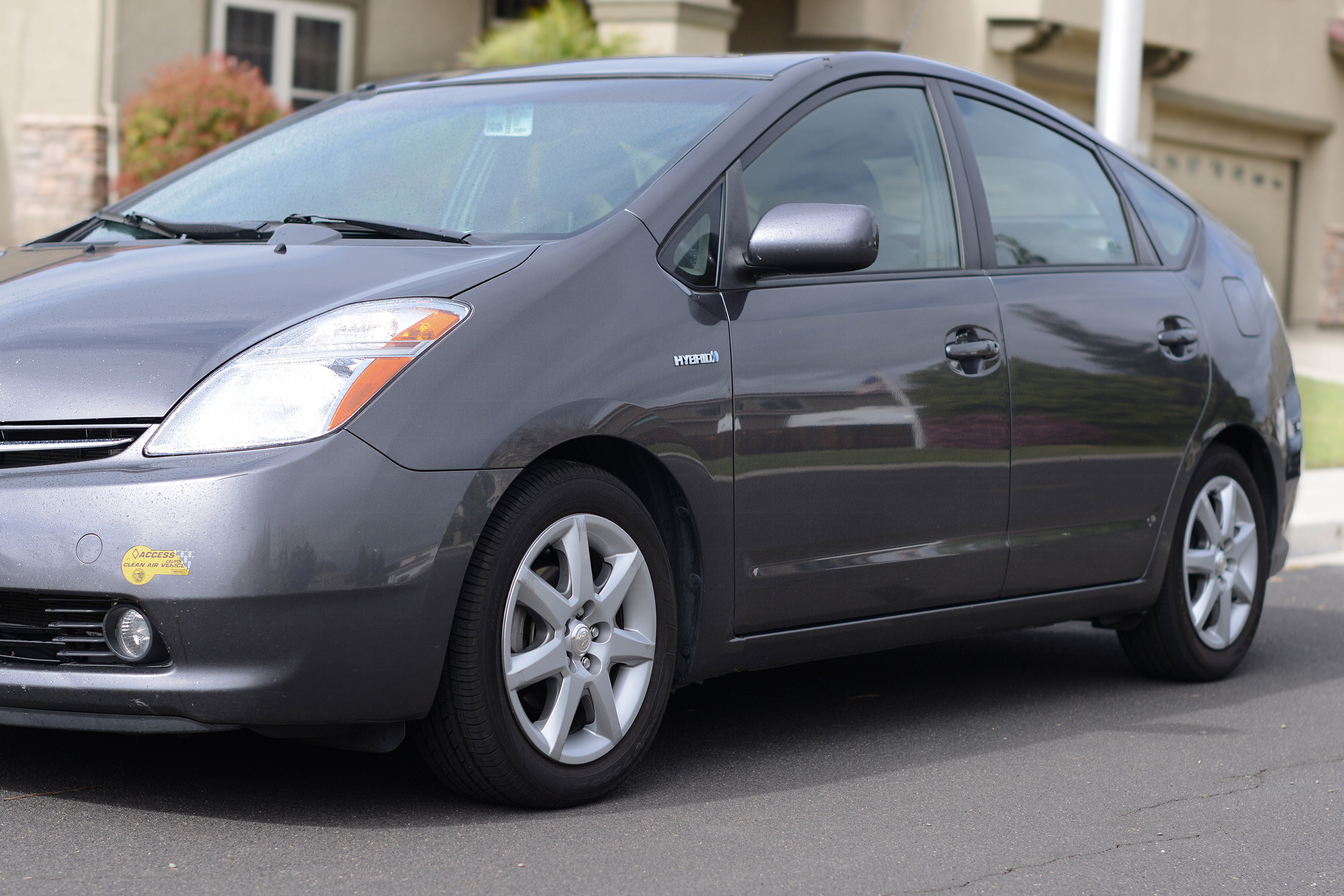The Toyota Prius is one of the most popular hybrid cars on the market today, and having been sold for a decade in the United States, consumers and auto reviewers are able to take a long-term look at the Prius transmission for any major problems or drawbacks. While the Prius transmission setup has changed since the vehicle was first introduced, the simplicity and efficiency of the design generally mean fewer potential problems.

The Prius transmission is known as an \"electronically controlled continuously variable transmission\" (ECVT) and differs from the automatic and manual transmissions commonly found in automobiles in its simplistic design, which allows the gear ratios to continuously and precisely adjust along a continuum rather than shift into set positions.

While the ECVT has emerged only in the 1990s in hybrid cars, the continuously variable transmission was first created in 1886 and has since been used primarily in industrial tools like lathes and drill presses. The improved materials and use of computer microprocessors in car design and manufacture only recently made the technology a practical application in hybrid cars. The continuously variable transmission design is now constantly examined and honed from year to year to reduce its shortcomings and expand its potential use.
Theories/SpeculationBecause the ECVT is designed to be simple and efficient, including only pulleys, a belt and microprocessors, the Prius transmission theoretically contains less room for problems to occur than a traditional transmission with more moving parts to wear and malfunction.

The Prius transmission also features a power-split device that balances the use of fuel and electric power in the hybrid engine. The power-split device uses a generator rather than a starter to start the car, so Prius transmission problems can affect the car’s ability to start as well as run.

In 2004, the Prius transmission changed from the Toyota Hybrid System (THS) to the Hybrid Synergy Drive (HSD), which meant that the ECVT was made from lighter and more resilient materials to accommodate larger engine power. While the Prius transmission prior to 2004 would have experienced problems and severe wear and tear on the transmission belt in engines larger than 1.2 liters, the HSD enabled Toyota to increase engine size and power without an increased risk of Prius transmission problems.

The hybrid-related components of the Toyota Prius are covered under warranty for eight years or 100,000 miles. The Prius transmission is included in the hybrid system in the HSD design, and Toyota asserts that most Prius vehicles require no service to the hybrid system over the life of the vehicle. Following a regular service and maintenance schedule should be sufficient to prevent Prius transmission problems in most vehicles.

Some dealerships may not consider the Prius transmission to be a part of the hybrid system in models prior to 2004, when all the hybrid components were integrated into the transmission. Make sure that your local dealership has mechanics who are experienced diagnosing and fixing problems in hybrid vehicles before taking your Prius in for service.
